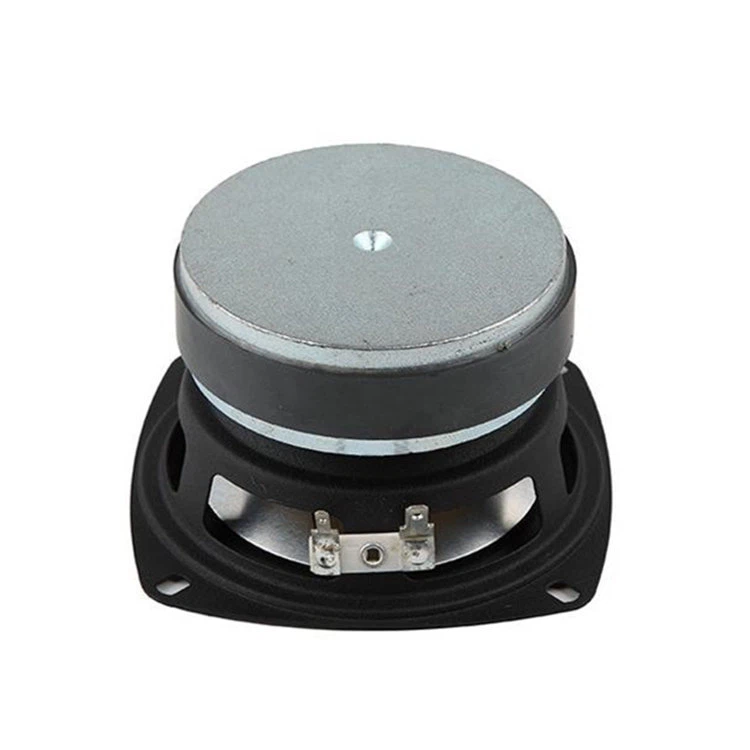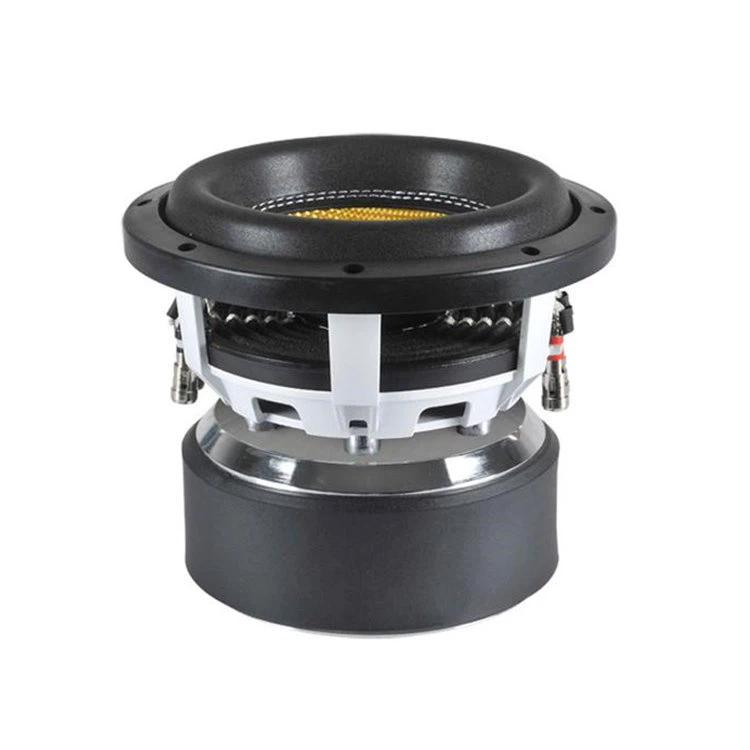What is the relationship between woofer magnet and impedance?
 Oct 10, 2025|
Oct 10, 2025| The relationship between woofer magnet and impedance is a complex yet crucial aspect in the field of audio technology. As a supplier of Woofer Magnet, I have witnessed firsthand how these two elements interact and influence the performance of woofers. In this blog, we will delve into the scientific principles behind this relationship and explore its practical implications.
Understanding Woofer Magnets
Woofer magnets play a fundamental role in the operation of a woofer. They are responsible for creating a magnetic field that interacts with the electrical current passing through the voice coil. This interaction generates a mechanical force that moves the diaphragm of the woofer, producing sound waves.
The strength of the magnetic field is determined by several factors, including the type of magnet material, its size, and its shape. Common magnet materials used in woofers include ferrite, neodymium, and alnico. Each material has its own unique properties, such as magnetic strength, coercivity, and temperature stability, which can affect the performance of the woofer.
What is Impedance?
Impedance is a measure of the opposition that a circuit presents to the flow of alternating current (AC). In the context of woofers, impedance refers to the electrical resistance that the voice coil offers to the audio signal. It is typically measured in ohms (Ω) and is an important parameter to consider when designing and matching audio systems.
The impedance of a woofer can vary depending on several factors, including the number of turns in the voice coil, the gauge of the wire, and the frequency of the audio signal. Most woofers have an impedance rating of either 4Ω, 8Ω, or 16Ω, although other values are also available.
The Relationship between Woofer Magnet and Impedance
The relationship between woofer magnet and impedance is closely intertwined. The strength of the magnetic field produced by the woofer magnet can affect the impedance of the voice coil, and vice versa.
When the magnetic field is strong, the voice coil experiences a greater force, which can cause it to move more easily. This results in a lower impedance, as the electrical resistance of the voice coil is reduced. Conversely, when the magnetic field is weak, the voice coil experiences less force, which can cause it to move less easily. This results in a higher impedance, as the electrical resistance of the voice coil is increased.


In addition, the impedance of the voice coil can also affect the performance of the woofer magnet. When the impedance is low, the voice coil draws more current from the audio amplifier, which can cause the magnet to heat up. This can reduce the magnetic strength of the magnet over time, leading to a decrease in the performance of the woofer. Conversely, when the impedance is high, the voice coil draws less current from the audio amplifier, which can cause the magnet to operate at a lower temperature. This can help to maintain the magnetic strength of the magnet over time, leading to a more stable performance of the woofer.
Practical Implications
The relationship between woofer magnet and impedance has several practical implications for the design and performance of audio systems.
When designing an audio system, it is important to match the impedance of the woofer to the output impedance of the audio amplifier. This ensures that the audio amplifier can deliver the maximum amount of power to the woofer, resulting in the best possible performance. If the impedance of the woofer is too low, the audio amplifier may be overloaded, which can cause it to overheat and damage the amplifier. If the impedance of the woofer is too high, the audio amplifier may not be able to deliver enough power to the woofer, resulting in a weak and distorted sound.
In addition, it is also important to consider the magnetic strength of the woofer magnet when designing an audio system. A stronger magnet can provide a greater force to the voice coil, resulting in a lower impedance and a more efficient transfer of power from the audio amplifier to the woofer. This can result in a louder and clearer sound, especially at low frequencies.
Our Products
As a supplier of Woofer Magnet, we offer a wide range of high-quality magnets for woofers. Our magnets are made from the latest materials and technologies, ensuring that they provide the best possible performance and reliability.
One of our popular products is the 10 Inch Speaker Magnet. This magnet is designed specifically for 10-inch woofers and provides a strong and stable magnetic field. It is made from high-quality ferrite material, which offers excellent magnetic properties and temperature stability.
Another one of our popular products is the Subwoofer Impulse Triple Magnet. This magnet is designed specifically for subwoofers and provides a powerful and dynamic magnetic field. It is made from high-quality neodymium material, which offers excellent magnetic strength and coercivity.
Contact Us for Procurement
If you are interested in purchasing our woofer magnets or have any questions about the relationship between woofer magnet and impedance, please feel free to contact us. Our team of experts is always available to provide you with the best possible advice and support. We look forward to working with you to meet your audio needs.
References
- Everest, F. A. (2001). The Master Handbook of Acoustics. McGraw-Hill.
- Toole, F. E. (2008). Sound Reproduction: The Acoustics and Psychoacoustics of Loudspeakers and Rooms. Focal Press.
- Beranek, L. L. (1954). Acoustics. McGraw-Hill.

